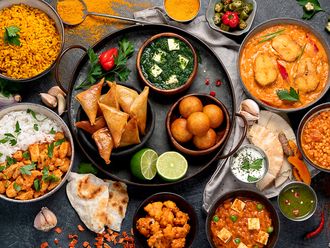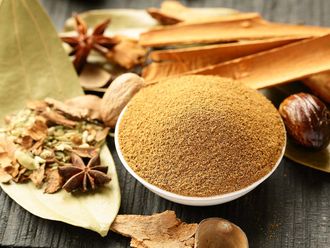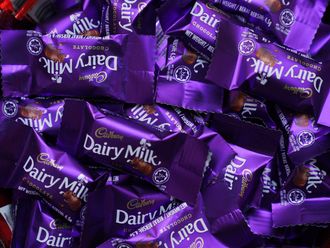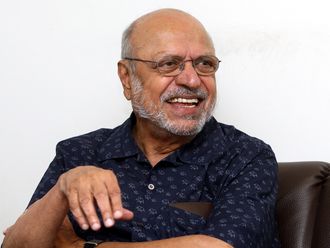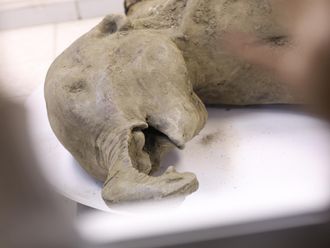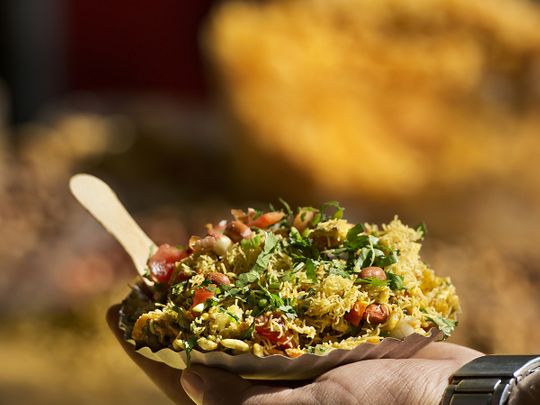
Every spring my sister and I made what we called a pilgrimage, our faith though was hardly sagacious. Liberally swathed in sunscreen and mosquito repellants, baseball caps in place and clutching water bottles we could have been mistaken for a couple of trekkers, except we were only venturing as far as old Delhi. For most people living in town, that though is a hike enough.
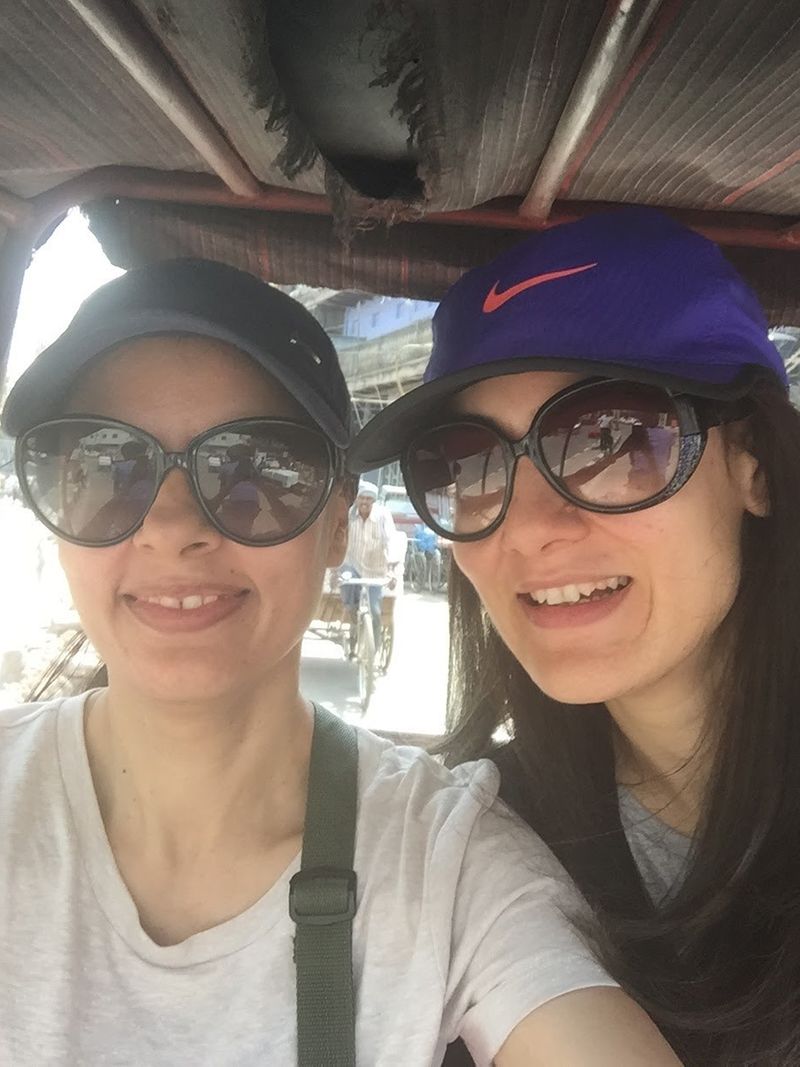
Of Jama Masjid and Mughal emperors…
It is easy to get lost in the snaky lanes of old Delhi or Puraani Dilli, but by now we knew our way as we gingerly climbed on to a rickety rickshaw at the entrance to the grand Jama Masjid - its predominantly red sandstone architecture still standing tall amidst the sands of time. Jama Masjid once served as the imperial mosque of the Mughal emperors but today its gigantic gates are surrounded by nondescript shops selling caged parrots and birds.
This part of the Indian capital was called the walled city of Shahjahanabad and was built in 1639 by the Mughal emperor Shah Jahan.
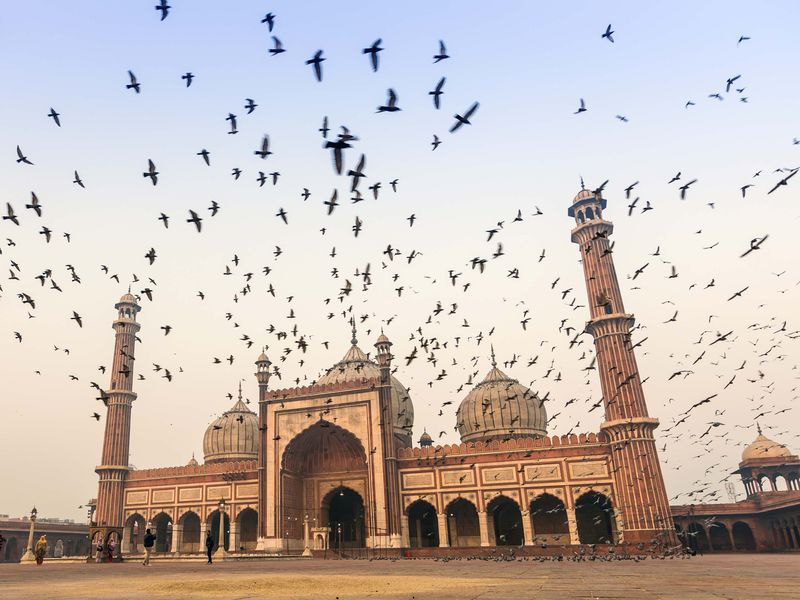
Flanked even today by the majestic Red Fort, it is defined by the omnipresent Mughal architecture - from the dilapidated window atop a tiny shop to the forgotten columns in the middle of nowhere, every brick has history and a story.
We, though, only looked straight, hoping to make it to our destination with both or at least one passenger still on board.
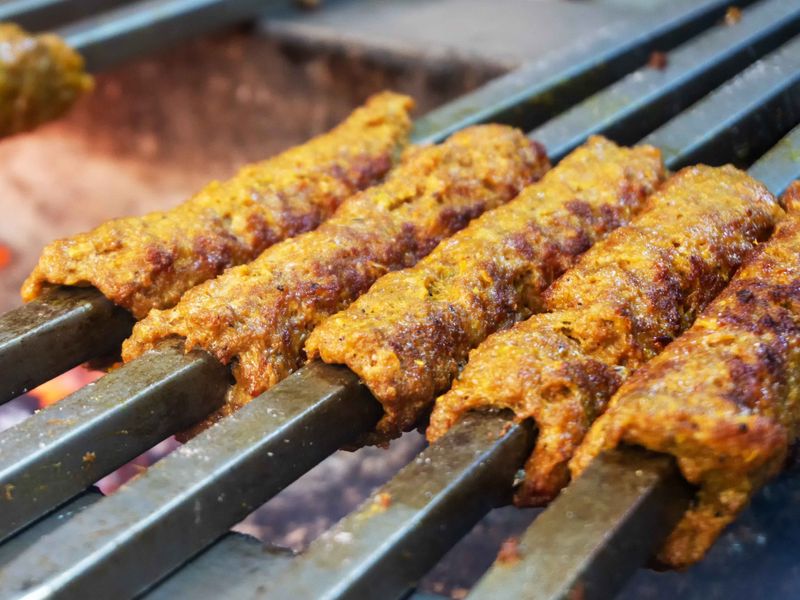
There is something different in the air here, an old-world charm colliding with the chaos of small-town India amidst a piece of history that now seems to increasingly be in jeopardy. I sometimes also wonder if post the pandemic, the sights and sounds - its very identity, will mellow down? The vendor selling watermelons in the heat, the odd car that can’t decide if it wants to move forward or reverse causing an abusive jam, the two-wheeler making his way ahead with one foot touching the ground, the more things changed, the more, old Delhi remained the same.
And then you enter the by-lanes of Chandni Chowk. If there is ever a method to madness, it is here.
The undergrad uniform: Kurta, jhumkeh and jutis
A 100 metres later, back on foot, we turned left. The lane was even narrower if that is possible. The shops on both sides were lined with everything from cane baskets to glittery mirror work. Amidst the cacophony of tourists, cyclists and us, a man sat on the sidewalk meticulously putting small beads in a thread for necklaces. Life in these lanes had a life of its own.
The knick-knacks on the sidewalk were tempting, you never knew what you could find in the treasure trove of Chandni Chowk. But we had a mission and we kept walking, evading the whistling two-wheeler and the yelling cyclist till we turned a small corner. Overhead, exposed electricity wires jumbled their way, as though in tandem with the people walking underneath. An occasional monkey darted around on them.
When we first started making the trek, while studying in college, in our casual oversized kurtas, things were simple - we were only aspirational for the silver jewellery that tiny shops sold at a fraction of what was available elsewhere. But a student’s lifestyle dictates, while walking down, you window shop more than you actually buy. But as time played its trick, we went back to those same shops and slowly built a collection. Eventually though as the kurta fashion disappeared, we too discovered something more and silver stopped being the big reason we went back.
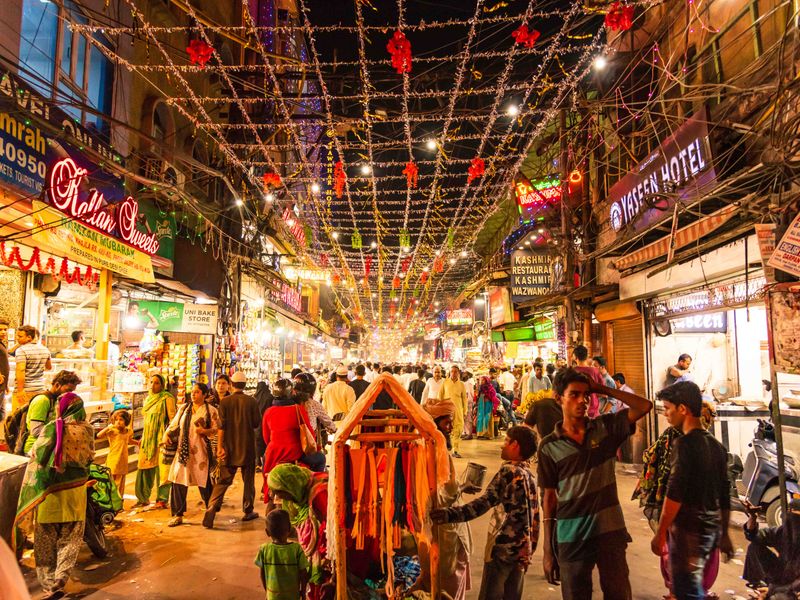
The knick-knacks on the sidewalk were tempting, you never knew what you could find in the treasure trove of Chandni Chowk. But we had a mission and we kept walking, evading the whistling two-wheeler and the yelling cyclist till we turned a small corner. Overhead, exposed electricity wires jumbled their way, as though in tandem with the people walking underneath. An occasional monkey darted around on them.
The hullabaloo of a food cart
We stopped, making sure to not step into the open drain that ran on the side. And waited patiently. In front of us was a queue and from where we stood, no one could guess where it ended, all you could smell was a mix - of people, dust, traffic and monkeys. Finally, it was our turn, and we were in front of an ageing man and his enthusiastic assistant who was not even a teenager. The child was short enough to often be hidden behind the round metal container whose stock was quickly depleting.
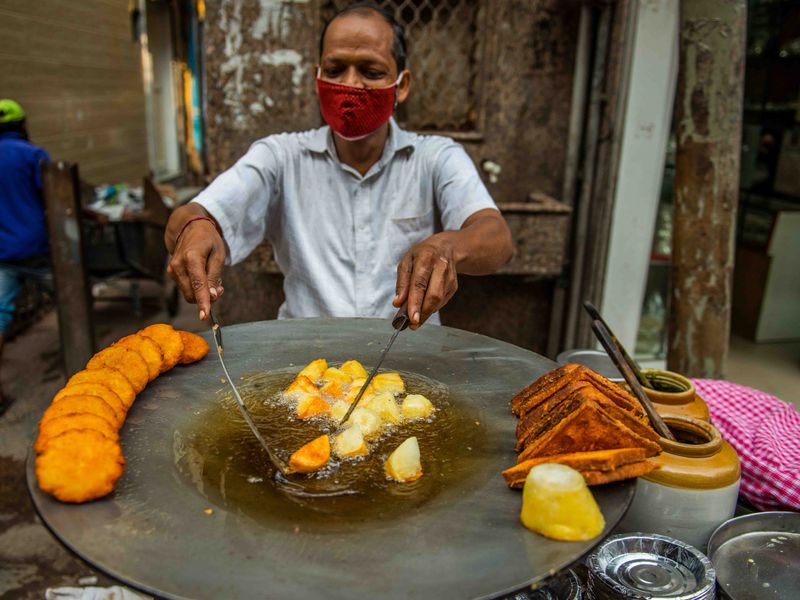
“Kitni plate [how many servings?]” asked the man and our stomach raced faster than our mind. Chola Kulche has never tasted better than the ones here. I have eaten this street food in many places and perhaps the man who sells near the Gurudwara [Sikh temple] in my hometown in Jalandhar comes closest.
It is yet to be tried in Amritsar, the food capital of Punjab but yes, one of these days wait for a piece on the delicious Amritsari naan.
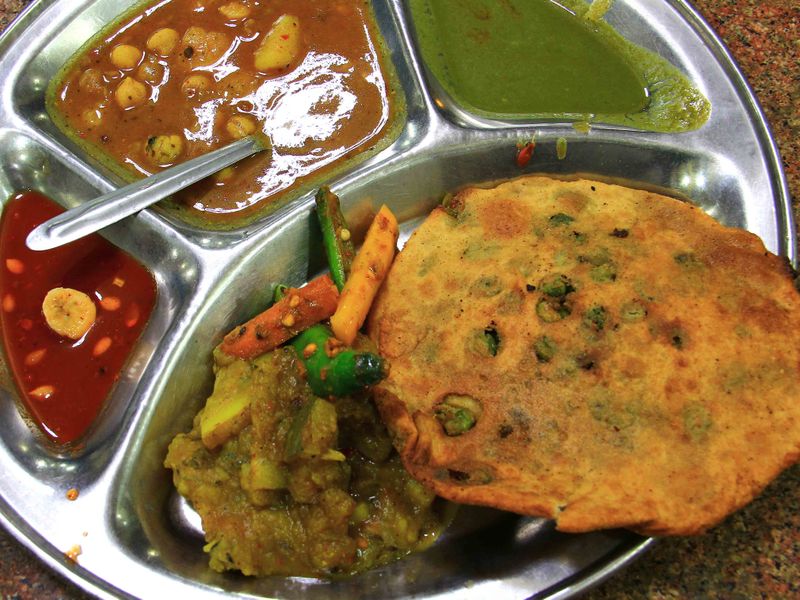
Chole are chickpeas but unlike chana, these are simply boiled and kept on the drier side with ample masala (I have never figured out this mix) coating them, with raw onions and tomatoes as garnish. There is a water-like chutney that most street vendors add to mix it all up, but I have never asked, nor do I want to know!

The kulcha is a kind of bread usually made from maida or all- purpose flour with some salt, water and yeast added to the dough. In all my years I have never liked it at any of the fanciest Punjabi restaurants, they have always been a bit too thick for me. Nor have they been a match for the thin ones the street vendors dish out, less bulky and more an accompaniment to the mix of chana, masala and lemon.
The many joys of delicious food
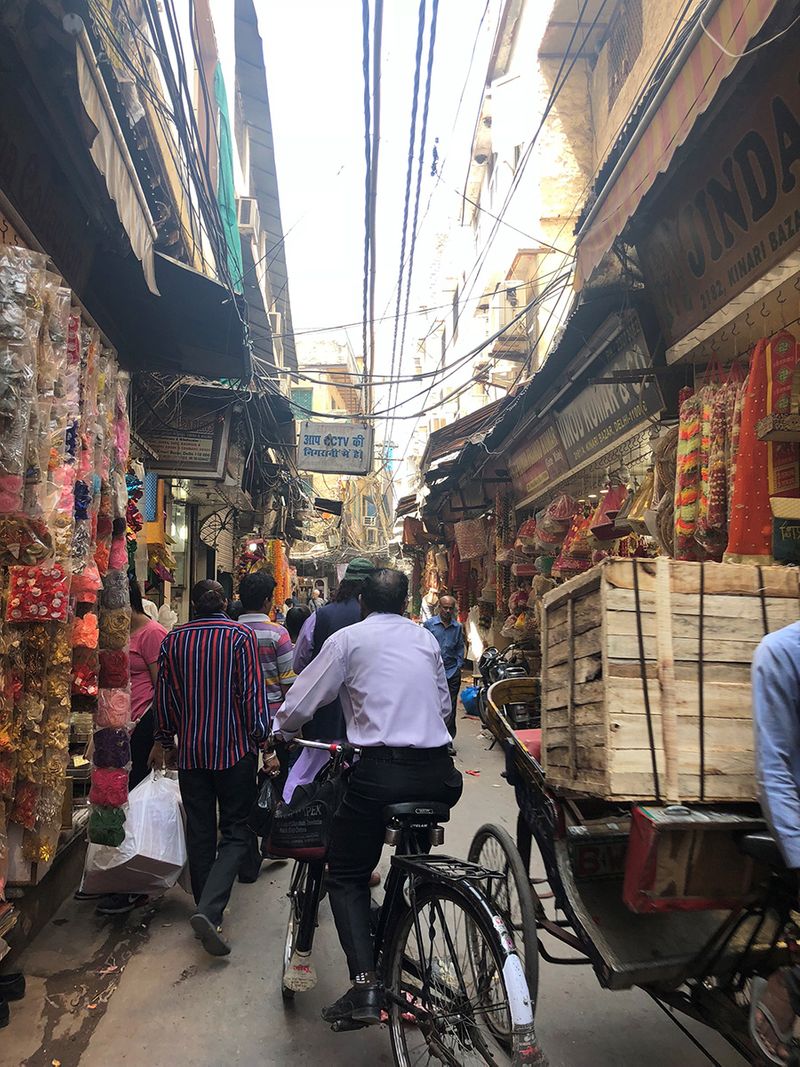
We found a corner - not quiet though because serenity and Chandni chowk is a dichotomy in itself. We were not too far from the famous Paranthe wali gali as pedestrians continued juggling with rickshaws. It is an art to eat in the middle of a sea of humanity, we weren’t giving an inch or taking one. This was our spot, and we had made ourselves comfortable.
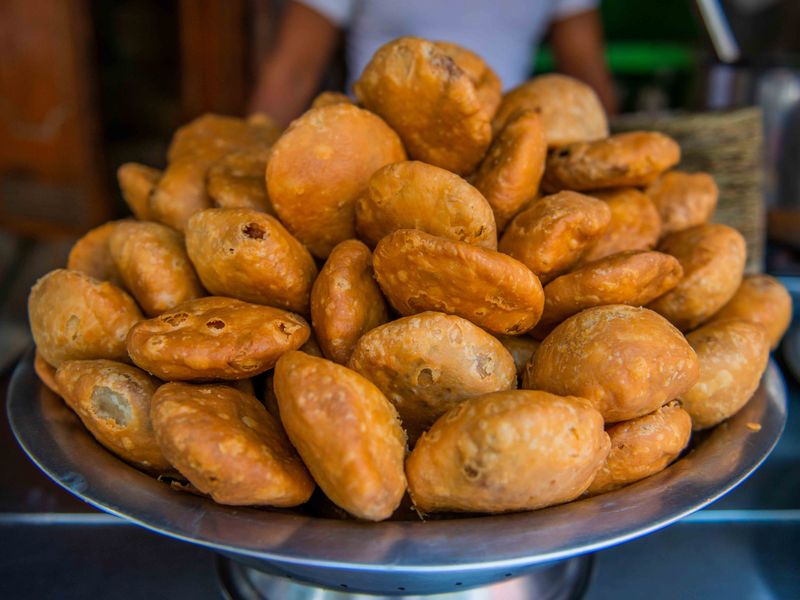
Once the food was done, with not a morsel remaining on the makeshift newspaper plate, we retraced our steps only to turn left on the chaos that masqueraded as the main street. At the end of this road stood an unkept sweaty man in a partially blackened vest shading himself under a half-torn tarpaulin while working on the biggest kadhai or a deep cooking wok like vessel you will ever see. Oil was glistening – a bit too much if you ask me, but this was not the time and definitely not the place!
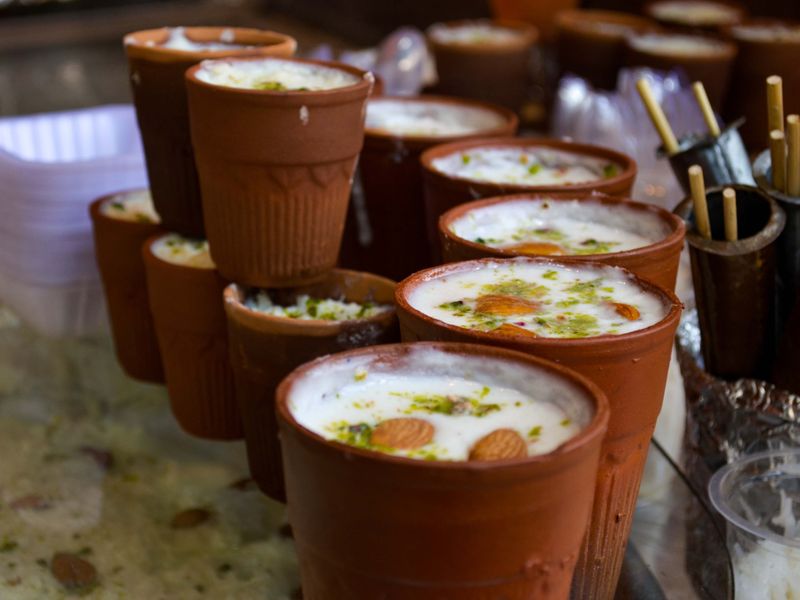
A rare Punjabi is one who doesn’t like to shoot down his or her meal with a dessert. I definitely do not belong in that category, my sister though has her moments! The squiggly artwork on a burning cauldron by the expressionless man slowly took shape - the jalebis in front of us were soft and oozing with a sugary syrup that can make many nutritionists quit their job! We ate some, we packed some and finally decided to retrace our steps. The hours had flown, as they always do here.
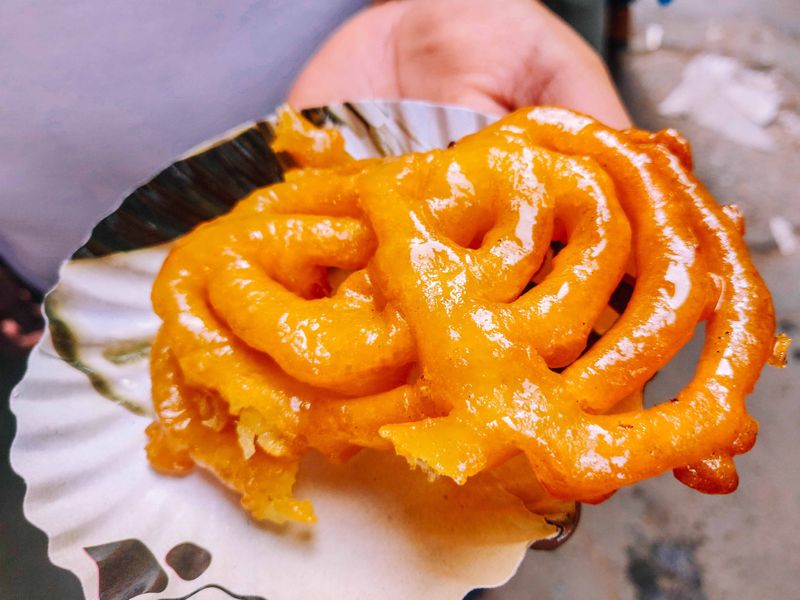
A trip to Chandni Chowk is never complete unless you bring some food back for the family. It was as much their adventure as it was ours.
Covid-19 and the plight of street food vendors in India
There is still time, a long time, for places like these to get the kind of visitors they once received. At this point it is impossible to imagine the pandemonium in a narrow gully, but we are creatures of habit. Would they though, be the same and, would we be the same? Will we dive into street food unthinkingly as we did before the virus? It doesn’t have an easy answer. Our joy of eating on a bustling street may never be the same.
It has already been two springs since we were last there, and I sometimes ponder the impact of the pandemic on the elderly man with his unbeatable food and the jalebi seller down the road. Did they have some savings to fall back on or were they living day to mouth? Where are they today?




